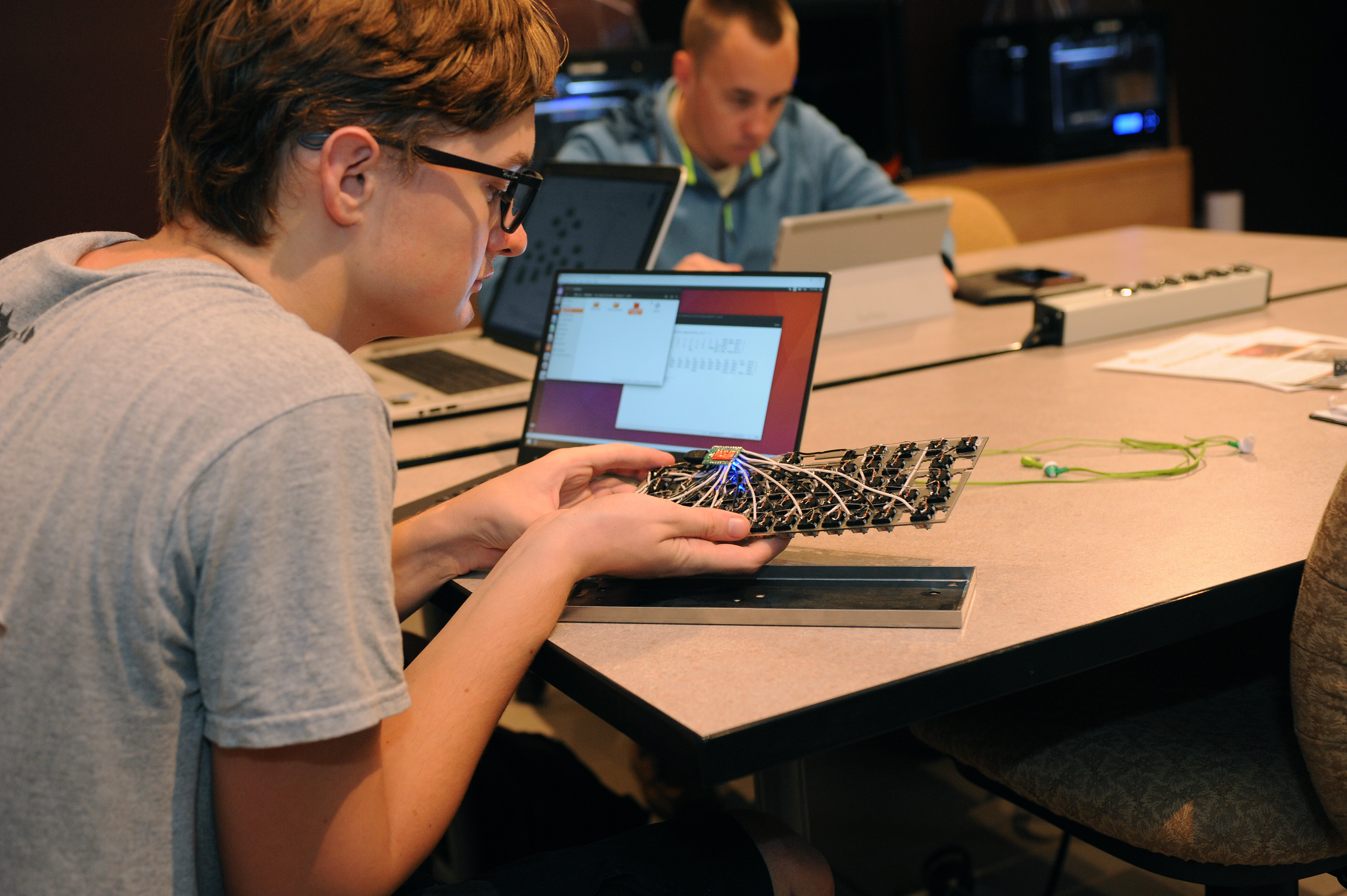Document Type
Conference Proceeding
Publication Title
Proceedings of SPIE - the International Society for Optical Engineering
Abstract
Planar leaky-wave antennas (LWA) that are capable of full-space scanning have long since been the pursuit for applications including, but not limited to, integration onto vehicles and into cameras for wide-angle of view beam-steering. Such a leaky-wave surface (LWS) was designed for long-wave infrared frequencies with frequency scanning capability. The LWS is based on a microstrip patch array design of a leaky-wave impedance surface and is made up of gold microstrip patches on a grounded zinc sulphide substrate. A 1D composite right/left-handed (CRLH) metamaterial made by periodically stacking a unit cell of the LWS in the longitudinal direction to form a LWA was designed. This paper deals with loading the LWA with a nickel bolometer to collect leaky-wave signals. The LWA radiates a backward leaking wave at 30 degrees at 28.3THz and scans through broadside for frequencies 20THz through 40THz. The paper deals with effectively placing the bolometer in order for the collected signal to exhibit the designed frequency regime. An effective way to maximize the power coupling into the load from the antenna is also explored. The benefit of such a metamaterial/holographic antennacoupled detector is its ability to provide appreciable capture cross-sections while delivering smart signals to subwavelength sized detectors. Due to their high-gain, low-profile, fast response time of the detector and ease of fabrication, this IR LWA-coupled bolometer harbors great potential in the areas of high resolution, uncooled, infrared imaging.
DOI
10.1117/12.2188601
Publication Date
8-9-2015
Recommended Citation
Premkumar, N., Xu, Y., & Lail, B. A. (2015). Impedance-matching analysis in IR leaky-wave antennas. Paper presented at the Proceedings of SPIE - the International Society for Optical Engineering, , 9547 doi:10.1117/12.2188601


